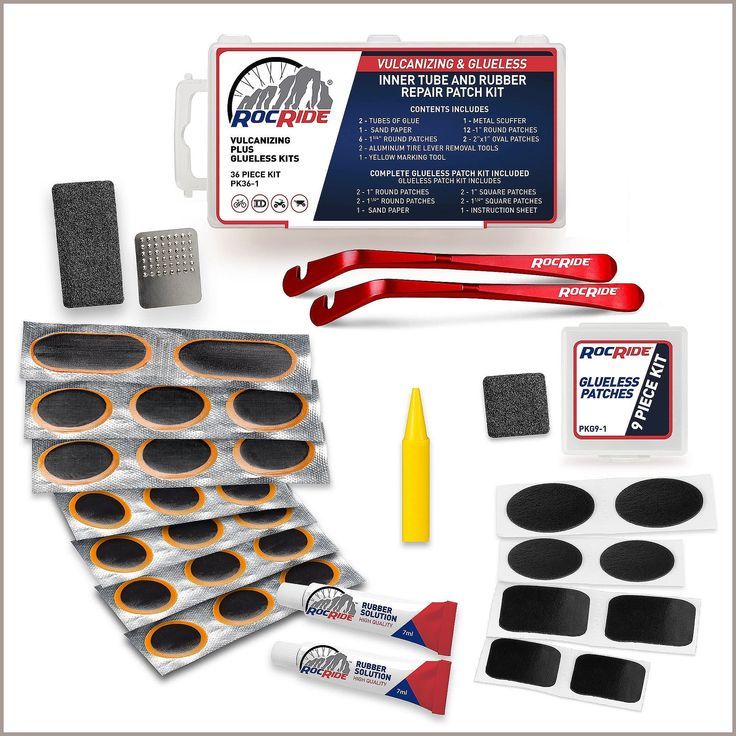Home » Tire Patches vs. Tire Plugs: Which Is Better?
What are tire patches and tire plugs? Well, they are useful when you get a flat tire. In such cases, there’s a good chance that a minor repair can get you back up and running again quickly.
Three of the most common of these “minor repairs” are:
The first option, a tire plug, is cheap and fast to administer. Plugs work best when you’ve run over a nail or similar blunt object that punctures the tire and causes it to leak air. After the nail or sharp object is removed, the plug can be inserted into the hole to fix the leak. While plugs of the old days were problematic and served more as a band-aid type of repair than anything else, many plugs available today actually vulcanize to the tire to provide better stability.
Tire patchA patch, on the other hand, is considered to be a better quality tire repair. However, it’s a bit more laborious of a repair than a plug. Patching a tire actually consists of removing the tire from the rim and then using a die grinder to clean up a 2-inch diameter around the puncture to give the patch enough of an area to bond with. The patch is then pushed from inside the tire through the outside of the tire, sealed, and let dry.
The best modern tire repair solution is a plug/patch combo product. This is one piece and it combines the best benefits of both options.
Keep in mind that not all tire damage can be repaired. For example, tire bubbles are a dangerous problem that will result in needing new tires.
The question is: Can or should you repair a tire on your own?
If you purchased your tires from a mechanic or tire-specific business, then chances are they will either plug or patch your tire for free if it develops a leak and a patch or plug can resolve the issue.
Tire plugMany tire-specific businesses will also fix your tire via these means as a way of developing goodwill with you, the customer, so that when it comes to buying new tires you’ll consider purchasing that next set from them.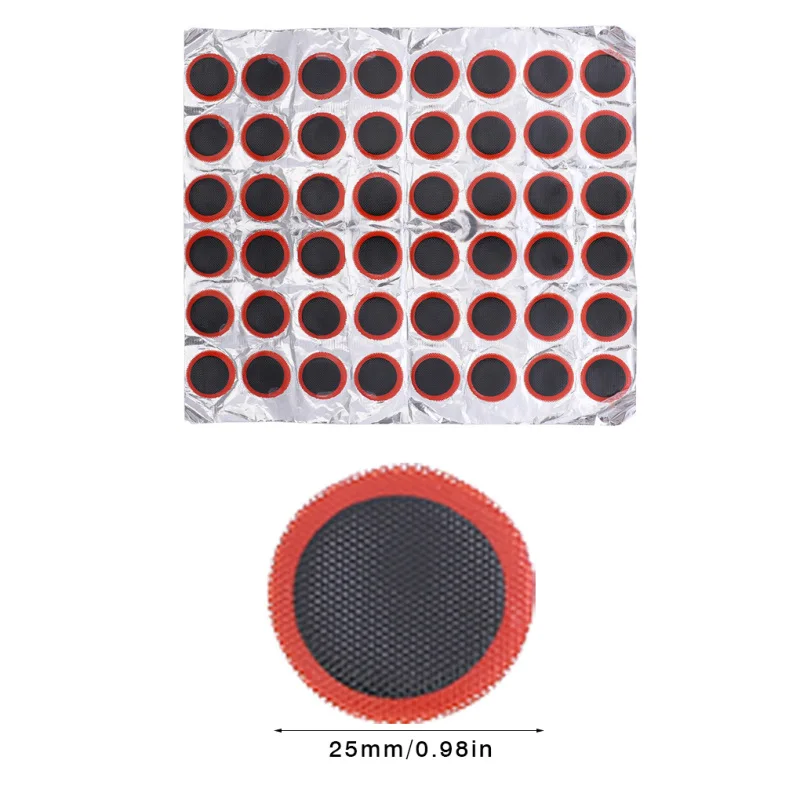
However, outside of these two scenarios, tire patching and plugging aren’t necessarily expensive (usually only $10-$20 a repair), but more of an inconvenience.
Considering this, patching your tires on your own might not be worth it.
DIY patching or plugging is still an option, yet we’d advise you to be absolutely sure of what you’re doing before going the patching route.
The plugging route is fairly simple (and cheap, as plug kits can be purchased for just a few dollars), as all you really need to do is locate the hole and insert the plug. Going the patching route is also fairly inexpensive, but there’s a lot more involved.
For instance, patching a tire consists of:
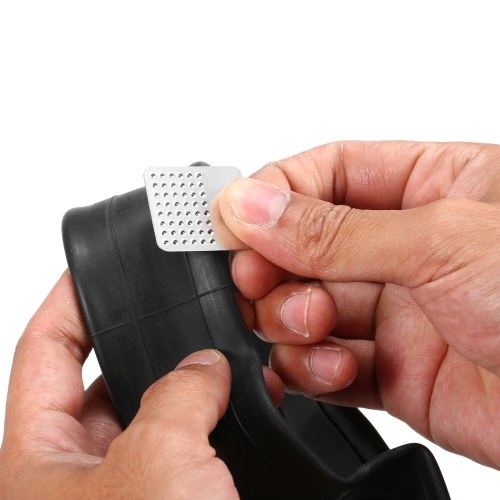
Plugs won’t usually work when a puncture is near the sidewall, as it likely won’t be able to completely seal the area. Plugs are also ineffective when the puncture is on an angle. Patches are usually the better-recommended option, but they do have their limitations. For instance, if a puncture is greater than a quarter-inch in diameter, a patch will likely be ineffective and the tire may be too damaged to repair.
What’s better – tire plugs or tire patches?Plugs, when installed correctly and in the right situations, can help a tire last for up to 25,000 additional miles.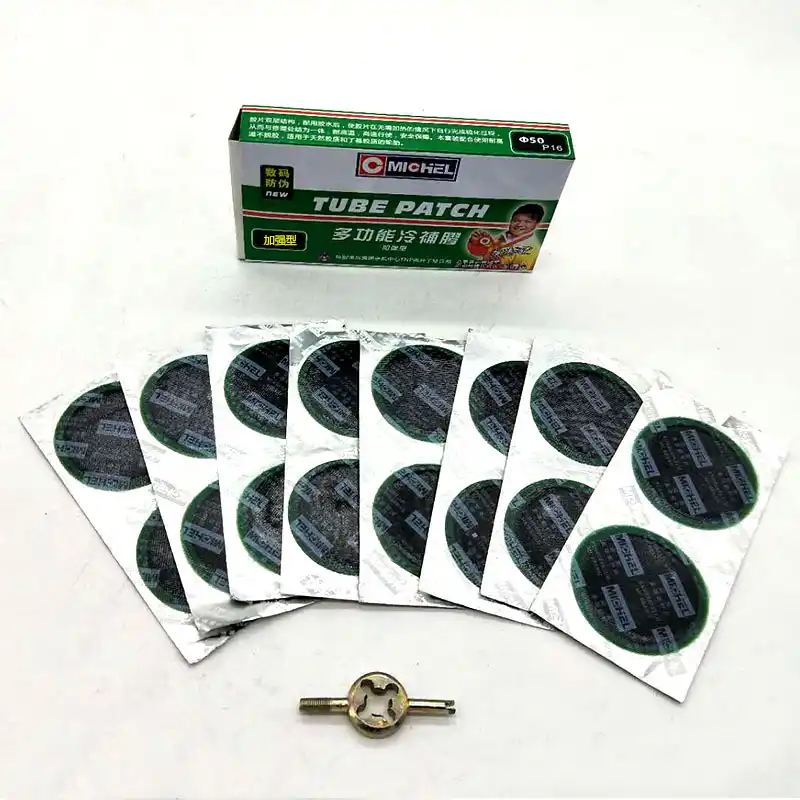 But while plugs can be effective, usually patches are considered to be the better, more secure option of the two. The patch/plug combo is the safest and most reliable option.
But while plugs can be effective, usually patches are considered to be the better, more secure option of the two. The patch/plug combo is the safest and most reliable option.
Yes and no. Years ago they were and if they aren’t installed correctly or in the right situations today, they still are. However, today’s plugs vulcanize to the tire and can help it last for tens of thousands of miles more.
So, you have a flat tire or one that’s leaking air. It’s not the end of the world. Luckily there are safe and cost-effective ways to properly repair most tire punctures. The purpose of this article is to show you the difference between a safe, permanent repair and a temporary string, plug or patch repair.
According to the National Highway Traffic Safety Administration (NHSTA) and the Tire Industry Association (TIA), the only method to properly repair a tire puncture is to fill the injury with a repair stem and back the stem with a repair patch.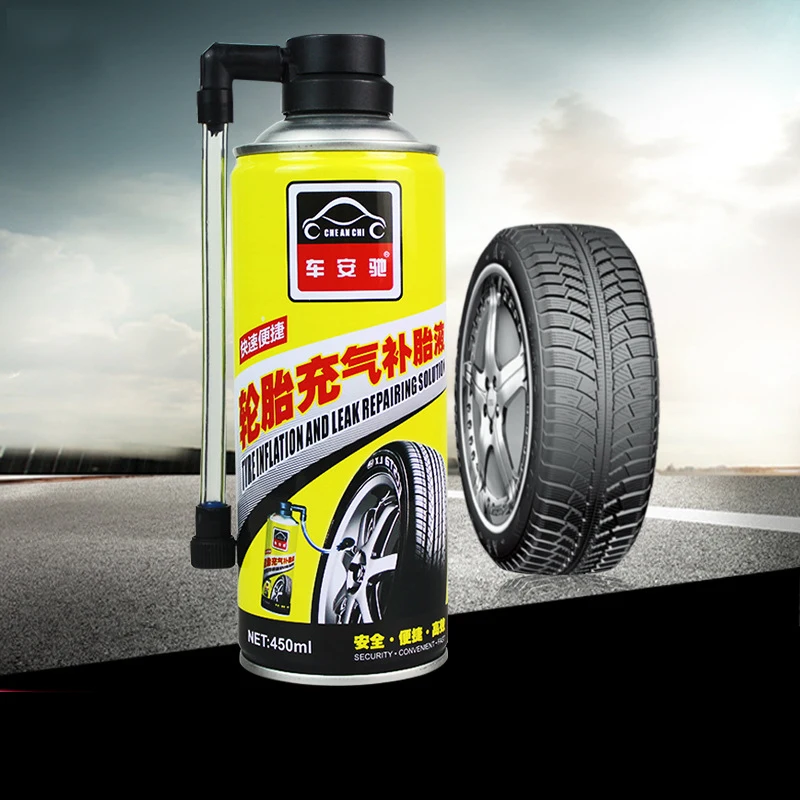 This is commonly known as a combination repair or a patch/plug repair.
This is commonly known as a combination repair or a patch/plug repair.
Patch/plug repairs are most often performed using a one-piece repair unit that combines the repair stem and cap (or patch) into one unit. However, special circumstances may require the use of a two-piece combination repair (ex. If the angle of the puncture exceeds 35 degrees). The repair is then permanently bonded to the inside of tire and through the injury channel using a cold, chemical vulcanizing process. The repair essentially becomes part of the tire, creating an air-tight seal that keeps air in and moisture and contaminants out (more on this procedure below).
Tire Plugs and String Repairs are Temporary RepairsEmergency roadside plug repairs are NOT intended to be a permanent tire repair. Plugs and string repairs are designed to get you back up and rolling long enough to get home or to the nearest service center to perform a proper tire repair.
The common misconception with plug and string repairs is that because they hold air, they are safe to use.![]() While it is true that many plug repairs do a great job of keeping air in the tire, that’s only part of the equation. Because they’re not completely sealing the injury, plug repairs may allow air and moisture to penetrate the body of the tire. Over time, this could lead to a dangerous (or even deadly) blowout.
While it is true that many plug repairs do a great job of keeping air in the tire, that’s only part of the equation. Because they’re not completely sealing the injury, plug repairs may allow air and moisture to penetrate the body of the tire. Over time, this could lead to a dangerous (or even deadly) blowout.
A tire repair that uses only a patch is also NOT considered proper or safe. A properly installed patch will do a great job of allowing the tire to hold air. However, similarly to the plug-only repair, the patch does not fill the injury channel. Therefore, air and moisture could seep into the tire from the tread surface and eventually damage the tire.
The Proper Tire Repair Process According to Industry GuidelinesOnly a proper patch/plug repair completely seals the puncture from inside the tire and through the entire injury channel. There are a few extra steps necessary to perform a proper tire repair in accordance with industry guidelines.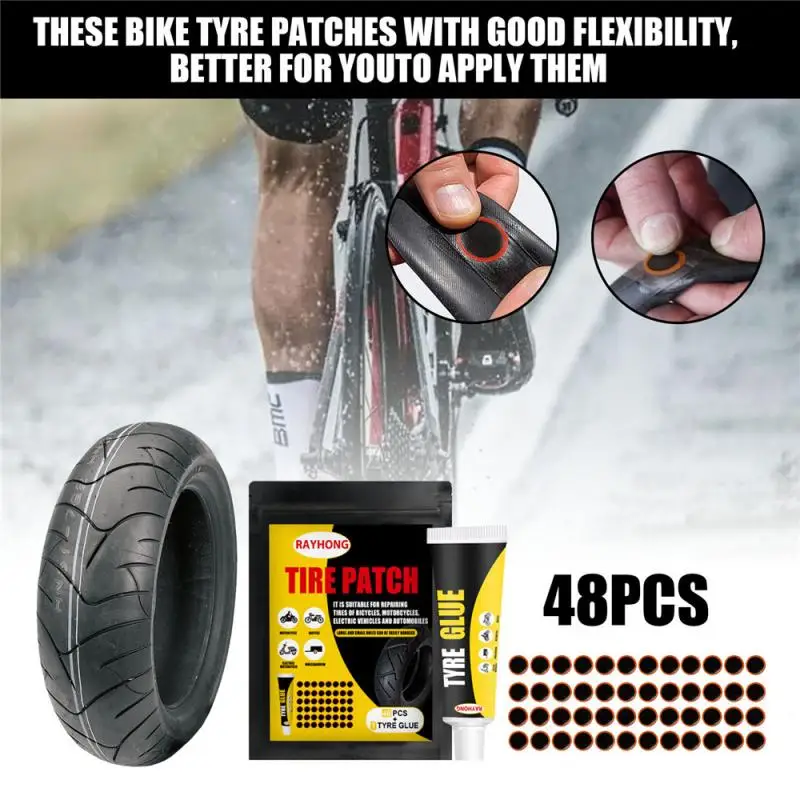 We’ve developed a simple acronym to help organize and remember the steps: R.E.P.A.I.R.
We’ve developed a simple acronym to help organize and remember the steps: R.E.P.A.I.R.
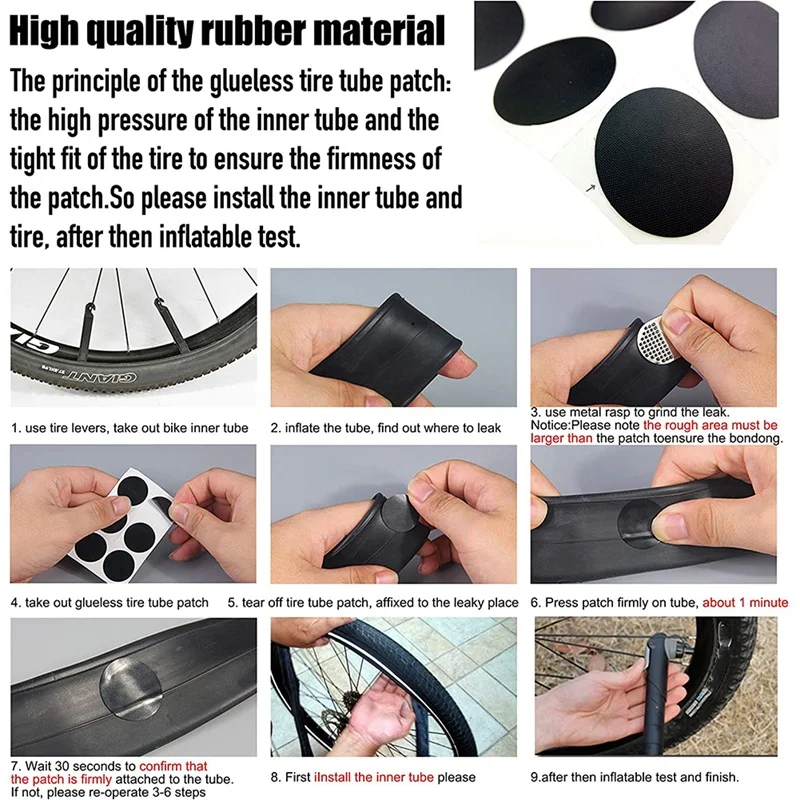 It is then allowed to air dry for 5-10 minutes.
It is then allowed to air dry for 5-10 minutes.There are a number of factors that may determine whether or not your tire is safe to repair. These factors fall into three main categories:
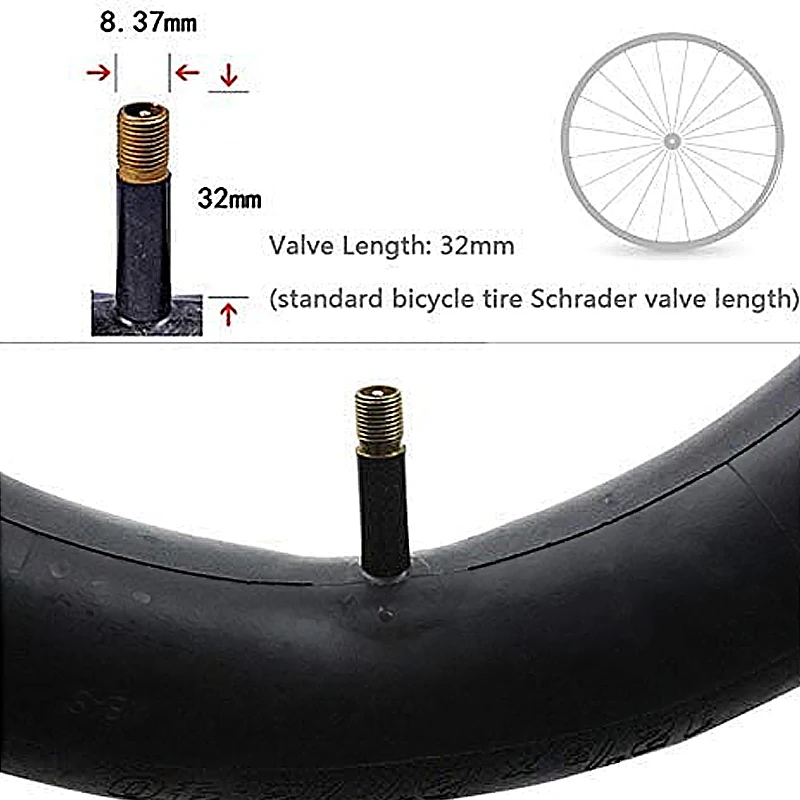
The occasional flat or leaky tire is an unavoidable part of life. But, taking shortcuts to repair it can be dangerous to you and your passengers. Take the time and do the research to do the job right and/or find a reputable tire repair shop trained in proper tire repair procedure.
Vladimir Gavrilov
Estimated reading time: 3 minutes
8679
Category: Service Auto
In the spring, you often have to resort to the services of tire fitting services.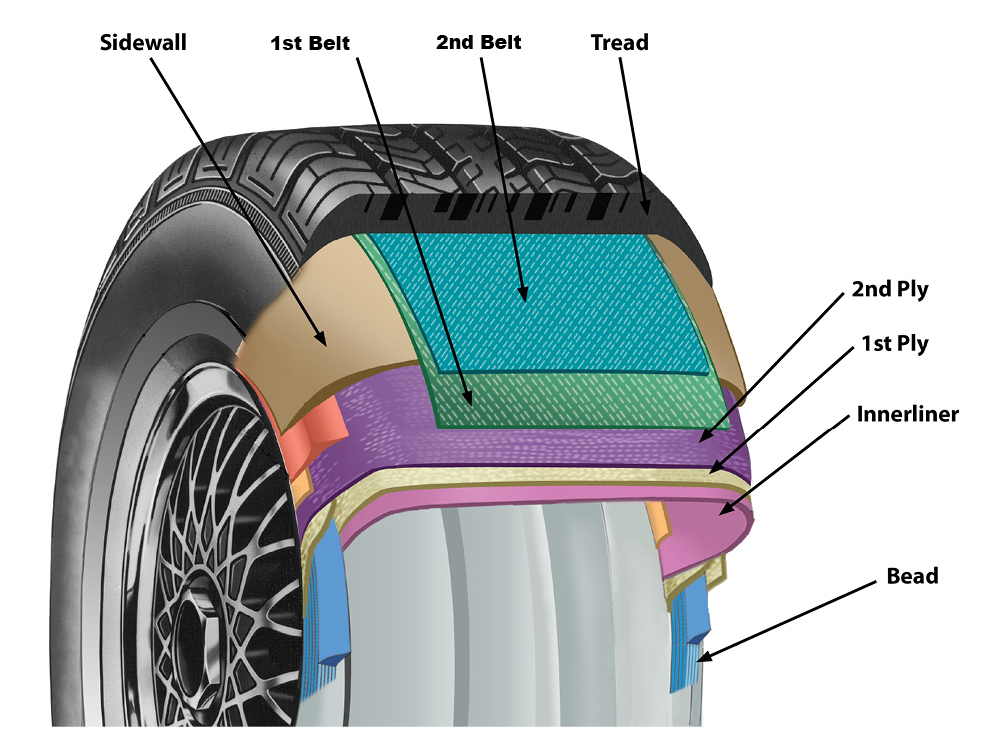 The wheel suddenly descends, and one swap with the compressor is enough for literally a couple of hours. This is enough to get to the workshop. Employees usually inspect the tire and offer repair options of varying cost and complexity, ranging from a simple flagellum to a complex patch on the inside of the tire. Which way do you prefer?
The wheel suddenly descends, and one swap with the compressor is enough for literally a couple of hours. This is enough to get to the workshop. Employees usually inspect the tire and offer repair options of varying cost and complexity, ranging from a simple flagellum to a complex patch on the inside of the tire. Which way do you prefer?
Repair with a small tape impregnated with sealant is the easiest and cheapest of all the methods listed. Even a motorist on the side of the road can execute it. To repair with a flagellum, it is not necessary to remove the wheel from the hub.
Flange repair kits are available from all parts stores. They include an awl, a file, flagella and sealant. The repair technology is simple. First, a puncture site is searched for in the rubber, a nail or self-tapping screw is removed with pliers, and the resulting hole is cleaned with a file.
Usually the tool is screwed into the hole like a self-tapping screw and then pulled out along with the bits of rubber embedded in it.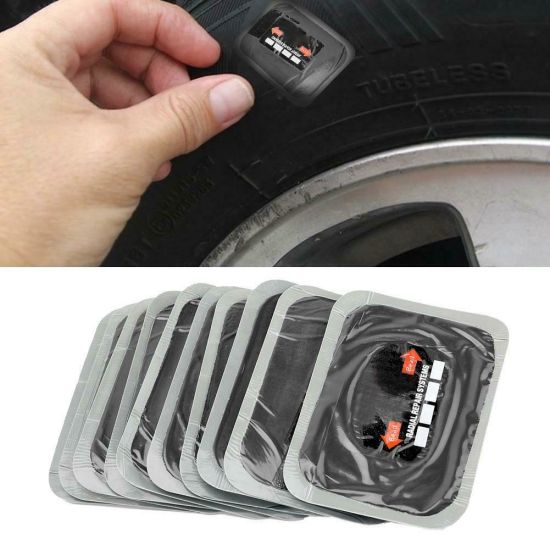 The hole is smooth and round.
The hole is smooth and round.
Next, you can put the flagellum. They are sold in packages and in a protective film that prevents the applied sealant from drying out. The length of each flagellum is about 200 mm.
Take an awl with an eye for installing the harness and push it into the hole in the tire to the middle. The ends of the bundle remain outside. We pull out the awl and cut off these ends. The flagellum completely closes the hole and can easily withstand pressure up to 3 atm.
True, such repairs are short-lived. Over time, the flagellum is squeezed out of the hole, and the wheel begins to bleed air. Therefore, if possible, it is better to visit a tire shop and install a more reliable element.
This tool is used for quality and reliable tire repairs. True, the installation of the fungus is possible only in the workshop after removing the tire from the disk.
The repair tool is an adhesive patch with a foot to fill the puncture site.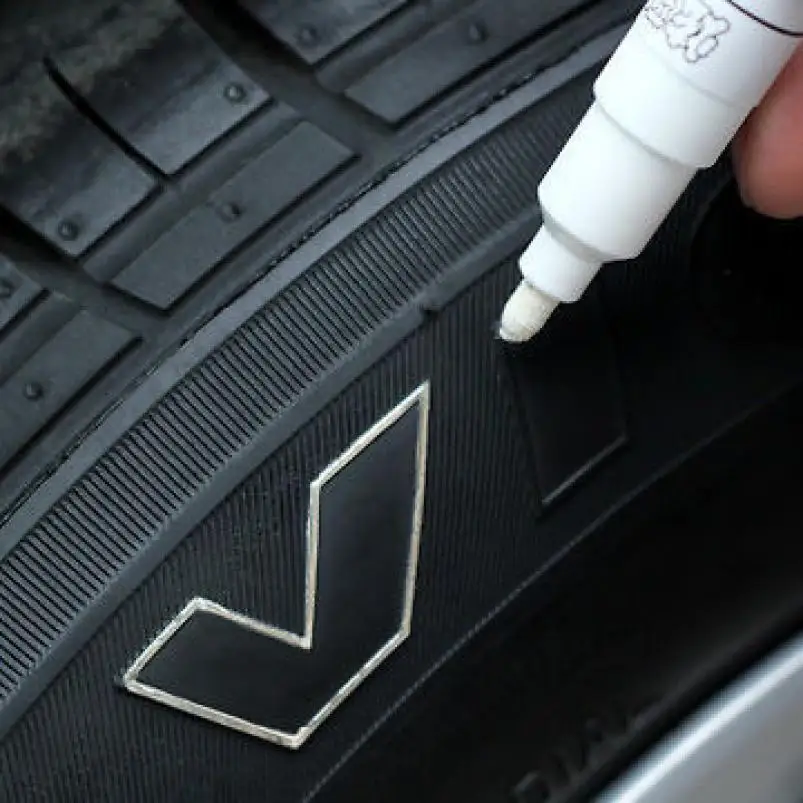 After cleaning the damage with a file, the fungus is inserted into the hole from the inside and pressed tightly with a press for a better fit. The leg and cap, lubricated with glue, are well fixed on the rubber and cover the puncture site. Such a patch can work for many years without losing pressure in the wheel. But this repair is five times more expensive than installing a flagellum. They resort to it if the hole turned out to be large.
After cleaning the damage with a file, the fungus is inserted into the hole from the inside and pressed tightly with a press for a better fit. The leg and cap, lubricated with glue, are well fixed on the rubber and cover the puncture site. Such a patch can work for many years without losing pressure in the wheel. But this repair is five times more expensive than installing a flagellum. They resort to it if the hole turned out to be large.
This type of repair has been used for many decades. Twenty years ago, it was almost the only way to repair major damage. However, now patches are extremely rare.
Their disadvantage is that, due to the large fixation area, it is rarely possible to adhere the material evenly. Cavities appear through which air escapes.
However, a patch may be necessary for severe cord cuts with torn rubber damage that the fungus can no longer cope with. It is difficult to clean them, which is why the leg of the fungus cannot fit snugly into the puncture site. Therefore, the entire problem area is sealed with a layer of rubber.
Therefore, the entire problem area is sealed with a layer of rubber.
Patches are not as reliable as fungus, but they do help to repair half-centimeter cuts. Sometimes patches are even glued to hernias from the inside in order to keep the tire working for some more time for a trip to the wheel shop.
Long driving with patches is not recommended.
tire repaircar maintenancetips for motorists
Next article
Media news2
"Mushrooms"
Among all tire fitting consumables, the first place in terms of frequency of use is occupied by the so-called "fungi" - combined patches in the form of mushrooms with a sharp stem and a voluminous cap, which are used to repair pin punctures in tires.
Andrey Shumilin, General Director of Vilse.ru:
– Fungi improve the quality and speed up the repair of all types of tires.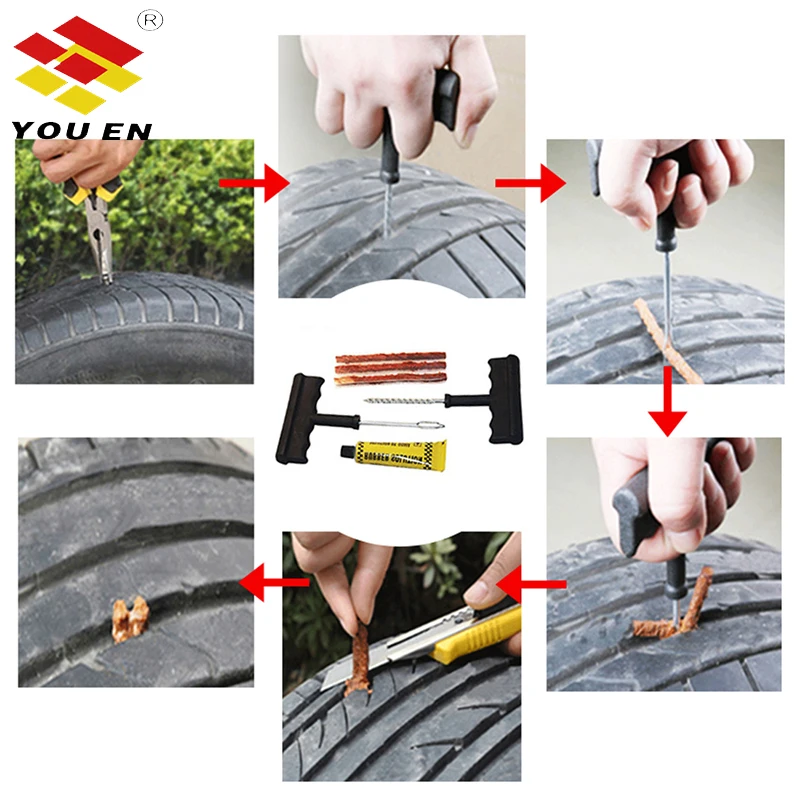 Their leg and cap are covered with a special vulcanization layer, which ensures reliable vulcanization of the fungus and the tire both inside the damage and along the inner surface of the tire.
Their leg and cap are covered with a special vulcanization layer, which ensures reliable vulcanization of the fungus and the tire both inside the damage and along the inner surface of the tire.
Despite their prevalence in the service, fungi do not allow repairing all damage. First, there are limits on the size of the damage. It should be small. Maximum 6 mm for cars, 10–12 mm for trucks. And for high-speed passenger tires, this value is half as much. The second limitation is related to the place of damage: fungi can only repair the working part of the wheel, the one on which the tread is applied. Fungi are not used for lateral damage.
There are basically two types of fungi. Inseparable are used if it is necessary to eliminate a puncture directed strictly perpendicular to the plane of the tire. If the slope of the puncture exceeds 25 degrees, in this case a separate fungus is used: first, the “leg” is installed, and then the “hat” is attached to it.
The convenience of the fungus for service lies in the fact that no special equipment is required for its installation, since it is equipped with a special installation wire.
Fungus installation technology is quite simple. First, the inner surface of the tire is cleaned at the site of damage. For this, it is convenient to use special equipment.
Andrey Shumilin:
– Carbide cutters are used to prepare the puncture for repair. The procedure begins with the fact that the place of damage outside and inside the tire is determined and marked with chalk. Naturally, the object that damaged the tire is removed. Then, using a special spiral file, the angle of damage and its size are determined. As already mentioned, if the angle of damage exceeds 25 degrees, a composite fungus is used.
The patch of the correct size is then selected.
Roman Proskurin, technical director of Forsage:
– The size of the fungus is determined depending on the size and diameter of the damage. The fungus should be such that the diameter of its legs is 1-2 mm larger than the size of the damage.
On the inner surface of the tire, the border of the area is marked with chalk, which will then need to be prepared for the installation of the patch.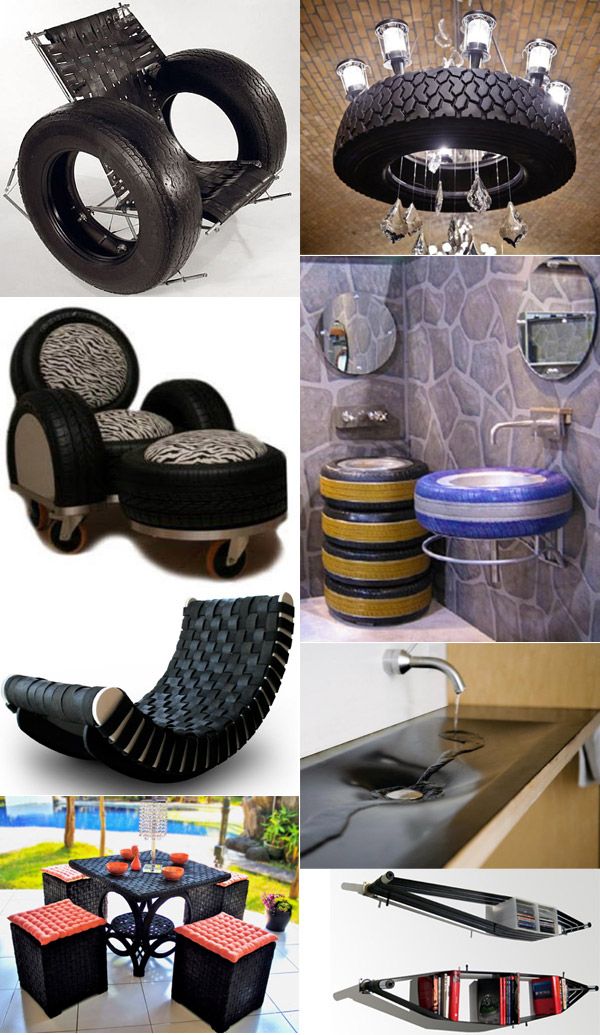 This area should be 20–30 mm larger than the cap in diameter. After that, the cleaning of the working surface of the tire begins.
This area should be 20–30 mm larger than the cap in diameter. After that, the cleaning of the working surface of the tire begins.
Andrey Shumilin:
– First, the repaired area is cleaned with a scraper and a special preparation (it is called a buffer cleaner). Then a hole is drilled under the leg of the fungus. It is more convenient to do this with a low-speed - up to 2500 rpm - drill. Drilling should start from the inside of the tire. After that, the working surface is again cleaned with a cleaner and polished with an abrasive tool at a rotation speed of not more than 2500 rpm. Then the rubber crumb left after grinding is removed with a vacuum cleaner or a soft brush.
That's it, after that you can start installing the fungus. To do this, the hole for the leg of the fungus is processed using a spiral file. The file remains in the hole for some time. And the glue is also applied to the surface in the place where the fungus cap will be installed. Aged 3-5 minutes.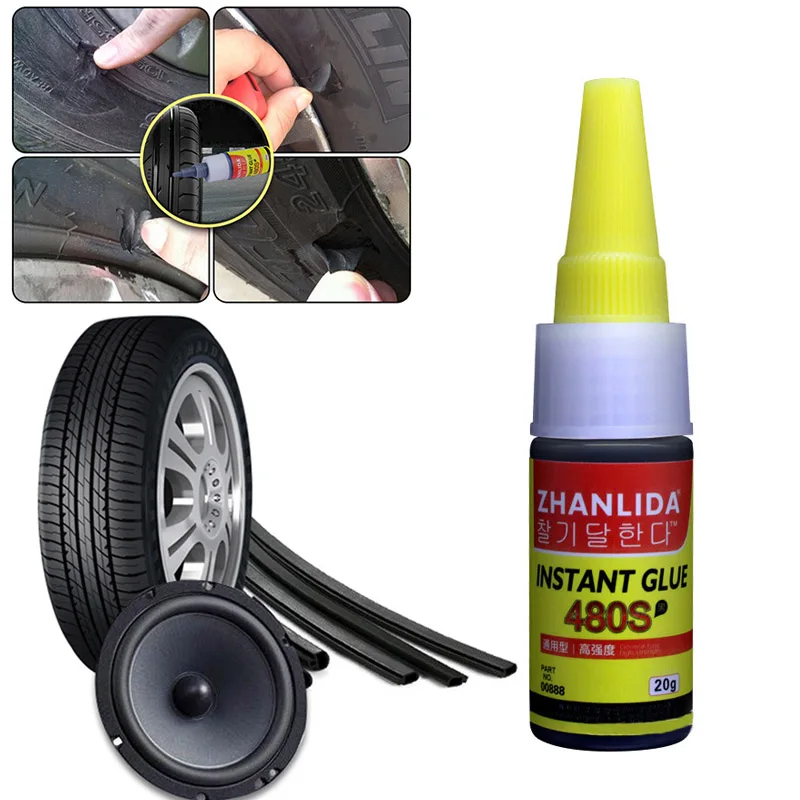 After that, the fungus is installed. It is necessary to remove the protective film from it, without touching the adhesive layer with your hands. Remove the spiral file from the hole. And insert the metal tip of the fungus leg into it from the inside of the tire. Then, with the help of pliers, the stem of the fungus is pulled out onto the surface of the tire. The cap of the fungus is rolled with a roller from the center to the edges. Then the protective film is removed from the outer surface of the cap and the cap is rolled again with a roller - also from the center to the edges.
After that, the fungus is installed. It is necessary to remove the protective film from it, without touching the adhesive layer with your hands. Remove the spiral file from the hole. And insert the metal tip of the fungus leg into it from the inside of the tire. Then, with the help of pliers, the stem of the fungus is pulled out onto the surface of the tire. The cap of the fungus is rolled with a roller from the center to the edges. Then the protective film is removed from the outer surface of the cap and the cap is rolled again with a roller - also from the center to the edges.
The head edge and the bare surface of the tire are treated with an inner layer sealant. The protruding part of the leg of the fungus is cut off at a distance of 2-3 mm from the surface of the tire. The repair site is checked for leaks. Well, that's all. The repaired tire is ready for use.
With some dexterity, all these operations take an experienced tire fitter less than ten minutes, and this is taking into account the adhesive exposure.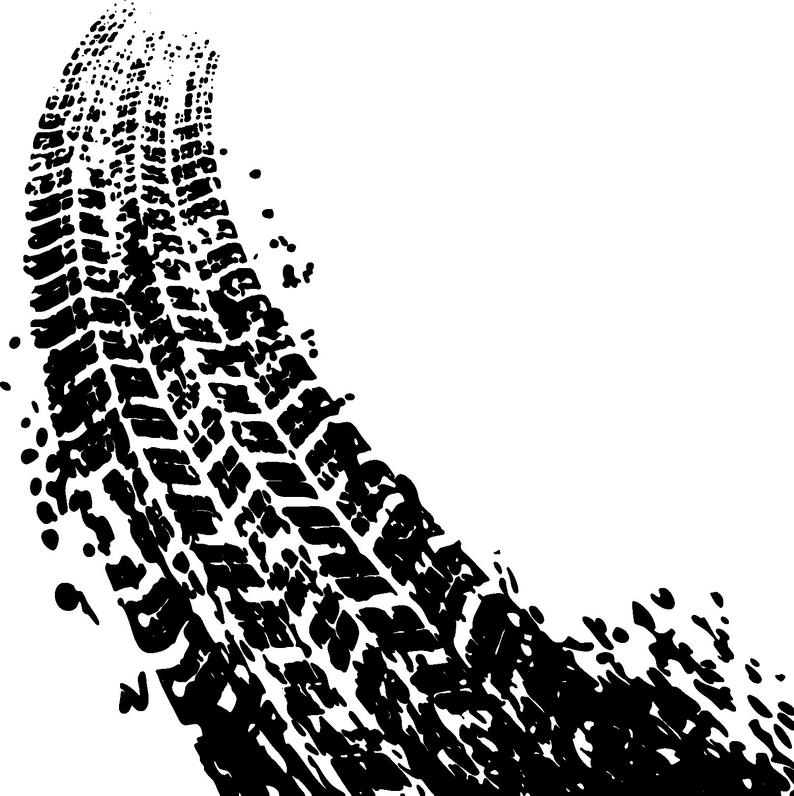 It is thanks to the simplicity and speed of repair that fungi have become so widespread on the market.
It is thanks to the simplicity and speed of repair that fungi have become so widespread on the market.
Now these materials are available in the lines of all suppliers of tire consumables. The choice is huge. There are European, and domestic, and Chinese manufacturers. Naturally, the price also varies greatly.
Andrey Shumilin:
- There are many manufacturers, both imported and domestic. European materials are considered premium. Their price may differ from the price of cheap fungi three times. At the same time, if you stick a cheap domestic fungus in compliance with all the technology, it will hold on perfectly.
Nevertheless, it is better not to be stingy and take not the cheapest mushrooms.
Roman Proskurin:
- It's better to take well-known brands. Despite the fact that there will be no big difference in the quality of the patch itself, regardless of whether European or Chinese material was used. But from the point of view of convenience in work, the difference can be significant. In fact, because of this, savings often turn into losses. Low-quality soft fungi are not always easy to install the first time. And as a result, it may turn out that, having bought patches on the cheap, the tire shop will end up spending more of them, and the apparent benefit will eventually turn into losses both in terms of money and the time spent by workers.
In fact, because of this, savings often turn into losses. Low-quality soft fungi are not always easy to install the first time. And as a result, it may turn out that, having bought patches on the cheap, the tire shop will end up spending more of them, and the apparent benefit will eventually turn into losses both in terms of money and the time spent by workers.
Fungi must be available at every tire shop. Moreover, in order to close all possible damage, the passenger service will need an assortment of at least four items - two sizes of each of the two types of patches, detachable and one-piece. The size of the fungi in this case can be 6 mm and 9 mm. This should be enough for almost all passenger tires. Those who deal with commercial vehicles will have to expand the assortment due to larger patches.
In addition to fungi, each tire shop should also stock cord patches.
Patches
These patches are for repairing the tire sidewall. The patches are designed to withstand high mechanical and thermal loads. Their reinforcing layer is formed in such a way as to provide high flexibility of the patch while maintaining strength, able to withstand the loads on the wheel during its operation.
Their reinforcing layer is formed in such a way as to provide high flexibility of the patch while maintaining strength, able to withstand the loads on the wheel during its operation.
Depending on which tires they are intended for and what type of repair they are intended for, such patches can be divided into several categories. So, different patches are used to repair diagonal and radial tires. In addition, different patches can be used for hot and cold vulcanization.
Depending on the type of tires, patches with one or two layers of cord are selected. Two-layer patches are installed on tires with a high speed index.
In addition, when choosing a patch for a particular wheel, one of the main criteria is the size of the damage. Patch manufacturers usually have tables that make it easy to sort them by the size of the damage.
As for the choice of manufacturers, as with fungi, you will have to choose from a large number of brands. Moreover, the cost of premium products will again be many times different from cheap samples.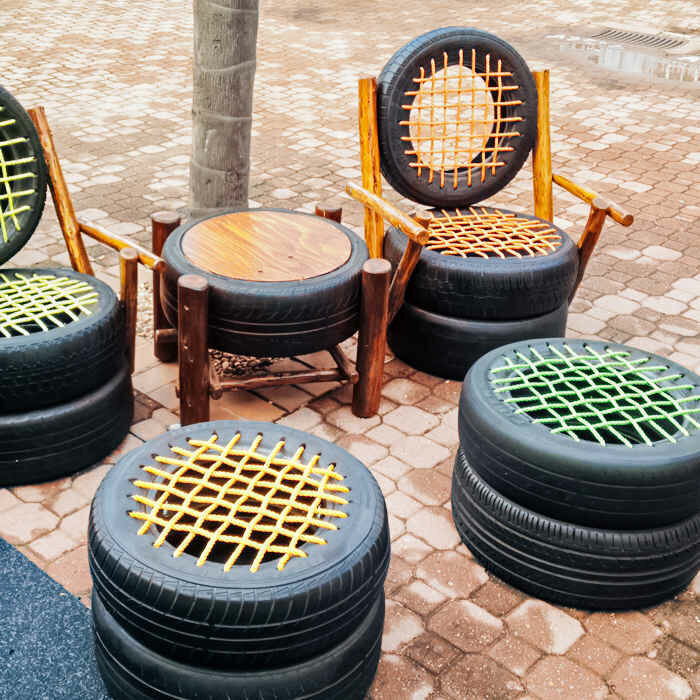 However, in the case of patches, it would be wrong to go for cheapness - it makes sense to start choosing only from the average price range. It is almost impossible to reliably repair a tire with low-quality, cheap patches. In this case, we are not necessarily talking about imported materials. Most domestic patches are of quite acceptable quality, despite the fact that they cost significantly less than their Western counterparts. The repair technology using cord patches is as follows.
However, in the case of patches, it would be wrong to go for cheapness - it makes sense to start choosing only from the average price range. It is almost impossible to reliably repair a tire with low-quality, cheap patches. In this case, we are not necessarily talking about imported materials. Most domestic patches are of quite acceptable quality, despite the fact that they cost significantly less than their Western counterparts. The repair technology using cord patches is as follows.
Andrey Shumilin:
- It all starts with the fact that the puncture site is determined and marked with chalk. Then, using an abrasive tool and a low-speed drill with a rotation speed of not more than 2500 rpm, the cover rubber is removed around the damage on the outside of the tire and the walls of the crater are rounded off in the form of a funnel in rubber, the edges of which should be at least 20 mm away from the edges of the damage, and the depth - do not reach the tire carcass by 1–1.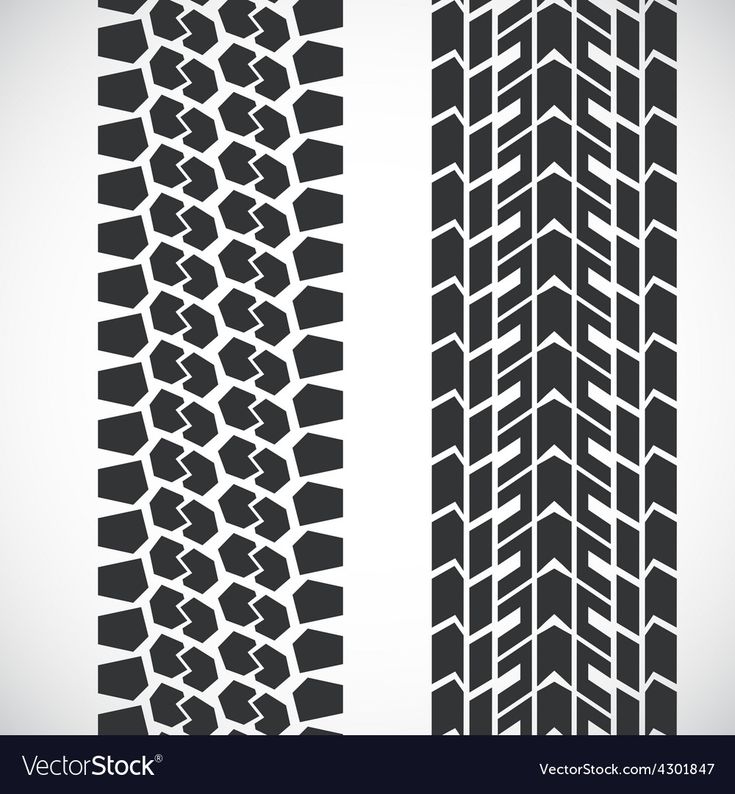 5 mm. Then, a chamfer is applied around the damage from the inside of the tire with an abrasive tool. The resulting crumb rubber and cord remnants are removed with a vacuum cleaner or a soft brush. Hot-curing glue is applied to the treated areas inside and outside the tire. It is aged for 15-30 minutes (depending on the temperature and humidity in the room) before drying. During this time, a piece of raw rubber is selected in accordance with the size of the damage crater and cut into small strips. After that, the rubber on the heater for raw rubber is heated to 60-70 degrees, the damage is filled with it and each layer is carefully rolled with a roller to remove air. Raw rubber should protrude 3-5 mm above the surface on the outside and inside of the tire.
5 mm. Then, a chamfer is applied around the damage from the inside of the tire with an abrasive tool. The resulting crumb rubber and cord remnants are removed with a vacuum cleaner or a soft brush. Hot-curing glue is applied to the treated areas inside and outside the tire. It is aged for 15-30 minutes (depending on the temperature and humidity in the room) before drying. During this time, a piece of raw rubber is selected in accordance with the size of the damage crater and cut into small strips. After that, the rubber on the heater for raw rubber is heated to 60-70 degrees, the damage is filled with it and each layer is carefully rolled with a roller to remove air. Raw rubber should protrude 3-5 mm above the surface on the outside and inside of the tire.
This is followed by vulcanization. To do this, the tire is mounted on the vulcanizer so that the center of damage coincides with the center of the heating elements. The heating elements of the vulcanizer must completely cover the funnel filled with raw rubber.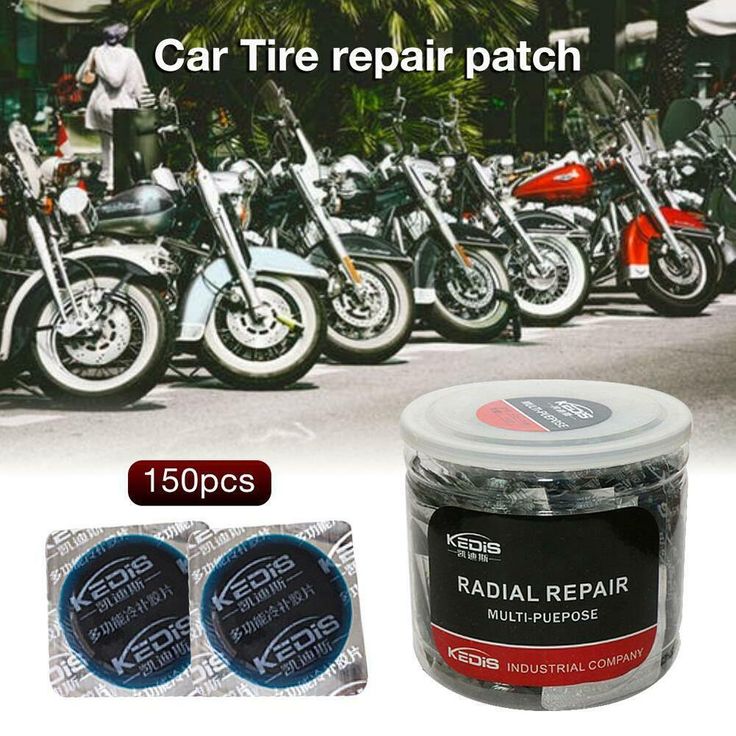 The vulcanization time at a temperature of 15 degrees is calculated from the calculation of 1 mm of rubber - a minute of vulcanization. If using a leveling pad, you will need to add one hour to it.
The vulcanization time at a temperature of 15 degrees is calculated from the calculation of 1 mm of rubber - a minute of vulcanization. If using a leveling pad, you will need to add one hour to it.
After vulcanization is completed, the repaired surface is sealed with a patch.
Andrey Shumilin:
– The inside surface of the tire is preliminarily cleaned with a cleaner and treated with an abrasive tool. Then glue is applied to it. It dries in 10-15 minutes. And a patch is applied to the surface treated in this way so that its center coincides with the center of damage. It is rolled with a roller from the center to the edges. Even the edges of the patch and the surface of the tire cleaned from the inside are treated with an inner layer sealant. After that, the wheel is mounted and inflated to 1 atm. Excess rubber at the repair site is removed. The wheel is kept for 2 hours at a temperature not lower than 18°C. After that, the tire can be installed on the car.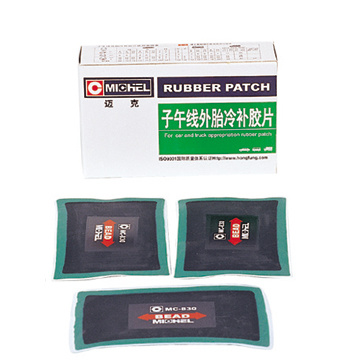
Patches and fungus are the main standard repair tools. However, in addition to them, so-called harnesses are used in tire shops, and every year to an increasing extent.
Harnesses
Harnesses are devices primarily for emergency tire repairs. Initially, they were created as a tool for express repairs. With their help, you can repair the wheel on the road. However, recently they have become widely used in tire shops.
Bundles are considered less reliable than combination patches. However, according to our experts, if the technology is followed and high-quality harnesses are used, the repair results with their help turn out to be quite acceptable in order to offer them to customers as a quick and cheap repair option.
Roman Proskurin:
– In terms of reliability, harnesses are considered worse than fungi, but in practice, such patches turn out to be quite reliable, and people often safely ride them until the end of the season.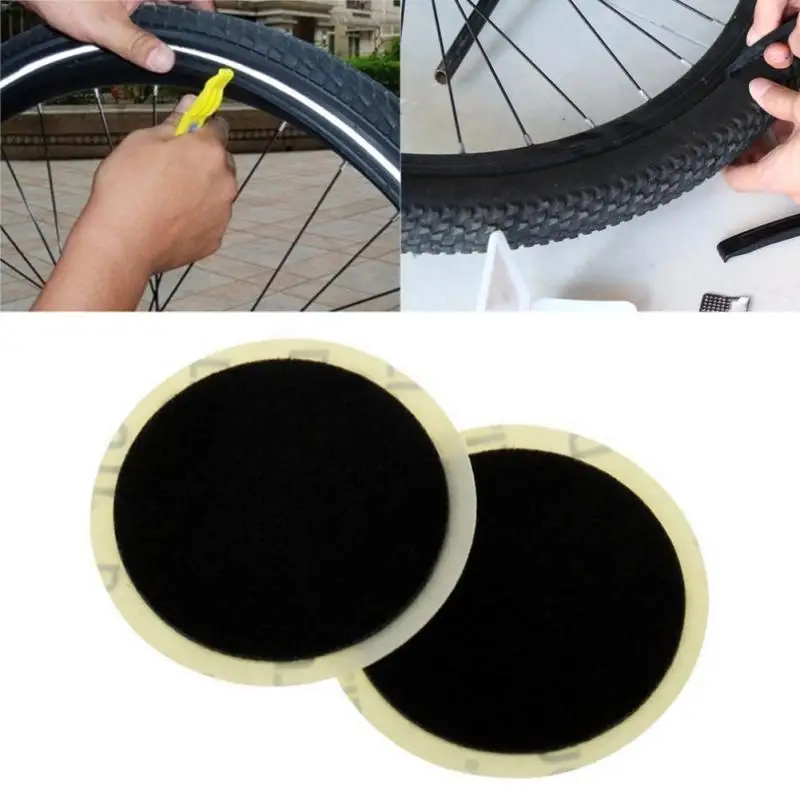
Harnesses come in several different types. Reinforced harnesses can be used to repair tubeless tire punctures in any area. Their design provides flexibility and elasticity while maintaining high strength. The reinforcing cord is distributed over the entire cross section of the bundle and is completely impregnated with rubber to ensure tightness. The outer vulcanizing layer allows the harness to be welded into the tire, hermetically filling all cracks. They can be used to repair all types of tubeless tyres.
The second type of harnesses are corded. Such harnesses are used to repair tires in the tread area. It is the most popular puncture repair material for tubeless tires. Made from synthetic cord impregnated with butyl rubber, these harnesses are strong enough to fit on any type of tyre.
Ideally, it makes sense for a tire shop to keep both types of harnesses in stock. At the same time, when buying them, as in the case of patches, you should focus on the middle or high price range. Only high-quality harnesses will allow you to repair tires on a more or less permanent basis. Harnesses are cheap - this is definitely an emergency option that can only be used in road conditions in order to be able to reach the nearest tire service. Accordingly, professional tire fitting is definitely not entitled to offer such harnesses to its customers.
Only high-quality harnesses will allow you to repair tires on a more or less permanent basis. Harnesses are cheap - this is definitely an emergency option that can only be used in road conditions in order to be able to reach the nearest tire service. Accordingly, professional tire fitting is definitely not entitled to offer such harnesses to its customers.
Premium harnesses include products of European - primarily German and Italian - manufacturers. Their products are guaranteed to be of high quality. But when buying them, you need to understand that you are overpaying for the brand.
You can save money by choosing domestic harnesses. In terms of cost, they are usually one and a half to two times cheaper than their Western counterparts. And the quality of most domestic products is quite decent. As for China, there are a lot of chances to run into substandard. In the Celestial Empire, a huge number of handicraftsmen produce dubious products, in which real high-quality industrial "China" frankly drowns.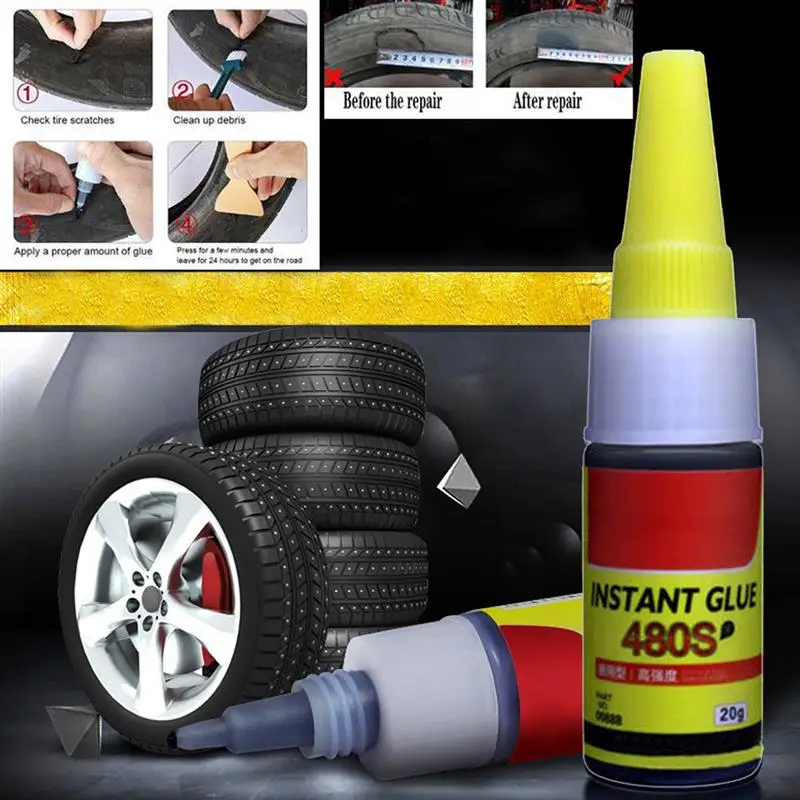 Therefore, you can only buy Chinese harnesses from trusted suppliers who guarantee the authenticity and quality of their goods.
Therefore, you can only buy Chinese harnesses from trusted suppliers who guarantee the authenticity and quality of their goods.
As for the harness installation technology, it is as follows.
Reinforced harnesses repair through damage to tubeless tires up to 6 mm in size. Repair can be carried out along the tread and on the sidewall of a tubeless diagonal or radial tire with a steel cord in the tire breaker. Moreover, such repairs can be carried out without dismantling the wheel. It looks like this: we determine and mark the place of damage with chalk. We bring the pressure in the tire to 1–1.5 atm. Remove the item that damaged the tire. Determine the direction of the damage and clean the damage with a spiral file. And we process the damage with it by rotating the tool in the hole clockwise. This operation is repeated three times. To speed up the process and obtain a better result, you can use a cutter with a diameter of up to 6 mm and a low-speed drill (up to 2500 rpm) to process damage.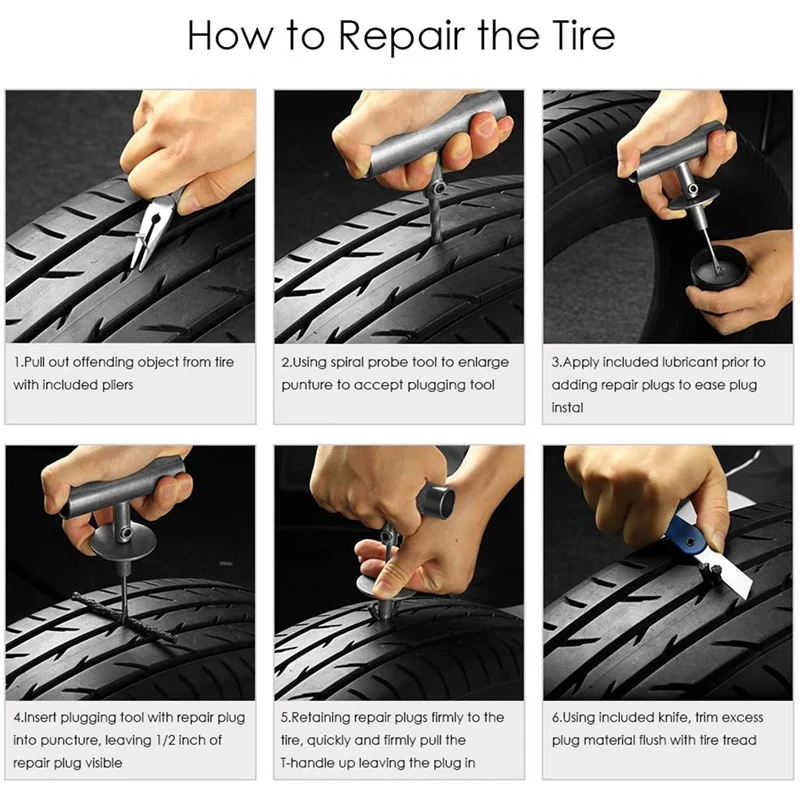 When the surface and the hole of the puncture are prepared, with a spiral file, rotating it clockwise, we apply glue into the hole, after which, just as it was when repairing with a fungus, we leave the file in the hole. We remove the protective film from the adhesive layer of the tourniquet, while trying to touch the tourniquet only at the very tip. We insert the tourniquet into the slot of the awl so that its ends are at the same distance from the slot. Or it is possible to fix the tourniquet in the slot of the awl only by the tip. Lubricate the tourniquet with glue. We take out the file from the hole, rotating it clockwise, and position the tip of the awl with the inserted tourniquet opposite the hole. Smoothly, with a gradually increasing effort, we introduce the tourniquet into the hole at the same angle as the prepared hole. After the tourniquet enters the hole, we remove the awl from it without rotating it. The tourniquet remains in the hole. We inflate the tire and check it for leaks.
When the surface and the hole of the puncture are prepared, with a spiral file, rotating it clockwise, we apply glue into the hole, after which, just as it was when repairing with a fungus, we leave the file in the hole. We remove the protective film from the adhesive layer of the tourniquet, while trying to touch the tourniquet only at the very tip. We insert the tourniquet into the slot of the awl so that its ends are at the same distance from the slot. Or it is possible to fix the tourniquet in the slot of the awl only by the tip. Lubricate the tourniquet with glue. We take out the file from the hole, rotating it clockwise, and position the tip of the awl with the inserted tourniquet opposite the hole. Smoothly, with a gradually increasing effort, we introduce the tourniquet into the hole at the same angle as the prepared hole. After the tourniquet enters the hole, we remove the awl from it without rotating it. The tourniquet remains in the hole. We inflate the tire and check it for leaks.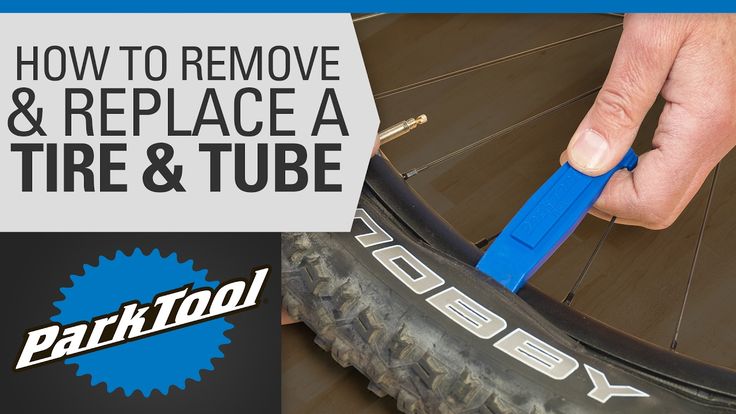 If a leak is found, another harness will have to be inserted. If not, cut off the ends of the bundle at a level of 2-3 mm from the surface of the tire. And return the wheel to the car.
If a leak is found, another harness will have to be inserted. If not, cut off the ends of the bundle at a level of 2-3 mm from the surface of the tire. And return the wheel to the car.
Cord harness repair technology is similar to that described. The only difference is that before installation in the hole, the tourniquet can not be smeared with glue.
All these consumables are used for tire repair. The next type of material is used for another purpose - for wheel balancing.
Weights
Depending on which wheels the weights are intended for, they can be of one of three types. Firstly, they are printed, there are self-adhesive. Self-adhesives are typically used when balancing premium wheels to avoid scratching them. But in principle, such weights can be used with any wheels. Stuffed ones can be installed on both regular and cast wheels - provided that the edges of the rim allow you to install weights on them.
Andrey Shumilin:
– Stuffed weights can be designed for operation with either steel or cast wheels.